10 books that changed the way I think about user experience
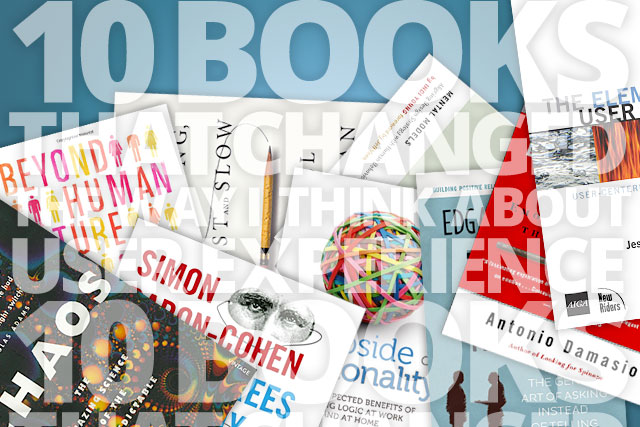
This blog article covers some of the books and authors who have influenced my own UX practice and approaches. Each one of these books has provided me with an insightful 'aha' moment that has changed the way I think about human behaviour, intuition and social interactions. Many of these authors cover areas of thinking, behaviour, drivers and emotions and how they affects our everyday human interactions, as well as having larger cultural implications. I would recommend you to read any of these fantastic books.
Chaos: Making a New Science
by James Gleick
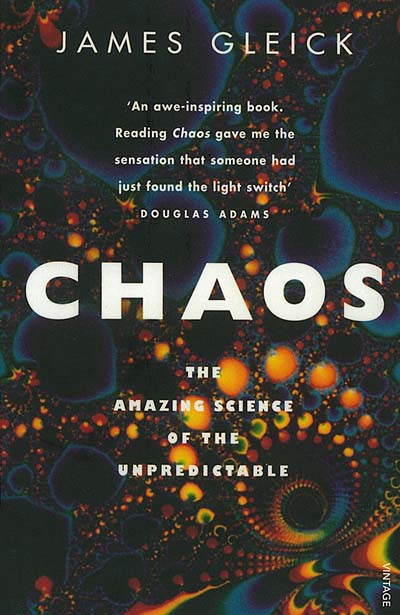
Not really a user experience book, however there are many valuable lessons here on random occurrences we encounter in our lives. Gleick covers the birth of non-linear dynamics - tracing it from the early 20th century to it’s everyday inclusion in science, medicine, meteorology, aerodynamics, computing, engineering, maths and many more fields. The book describes how scientists and mathematician encountered ‘noise’ within experiments and calculations, and went to great lengths to ignore and control for it. The term ‘chaos’ was adopted by scientists who recognised the benefits of studying random noise and developing new theories about our universe. Gleick explains many complex scientific discoveries in a way that is easily read. The biggest out-take of this book was the understanding that chaos is the natural order of the world around, and not patterns of order.
The Elements of User Experience: User-Centered Design for the Web
by Jesse James Garrett

One of the early thinkers in user experience for the web, Garrett proposed a conceptual model for separating user needs, structure, functional requirements, interactions, information architecture, design and business objectives into different elements. The book sets out ways to articulate and plan a UX strategy for developing web sites. This book played an important part in bringing user needs and design principles to centre stage rather than simply meeting the technical requirements of a project. Each element covered in the book posed a number of fundamental questions that adds value to the final solution (for both a business and it’s customers). Core themes cover the understanding of your customer needs, and matching these needs with the product or service you are delivering.
Mental Models: Aligning Design Strategy with Human Behavior
by Indi Young
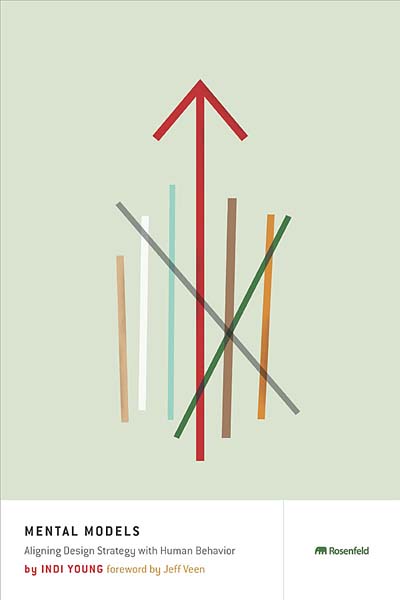
In her book Indy Young explains how to capture how people think about your product or service within their own specific mental models. These models allow you to see and group patterns in behaviour, thought process, needs, motivations and drivers (plus many more). Young walks through many case studies and step-by-step exercises to help to build on each learning and become effective in this type of research. Many of the techniques discussed in the book can be initiated within any organisation, regardless of size or budget. This book is a must-read for anyone who designs and develops customer-facing products or services.
Zero Degrees of Empathy: A new theory of human cruelty
by Simon Baron-Cohen
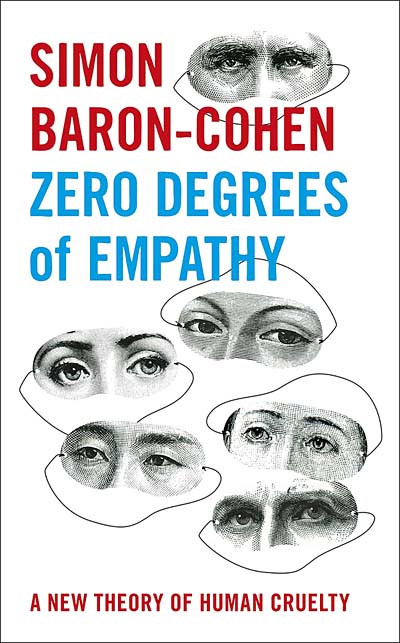
What differentiates a sociopath from a non-sociopath? Baron-Cohens' research in autism has led to an understanding of how empathy, or a lack of, has huge social and behavioural impacts in our world. The book helps us to think about concepts like cruelty and intolerance with a scientific lens - explaining evil as a failure in empathy. Baron-Cohen findings, based on extensive research and study, is written in plain and simple language. This book brilliantly re-frames our view on good versus evil, and also discusses how empathic approaches can help resolve conflict and tension.
The Essential Difference: Men, Women and the Extreme Male Brain
by Simon Baron-Cohen
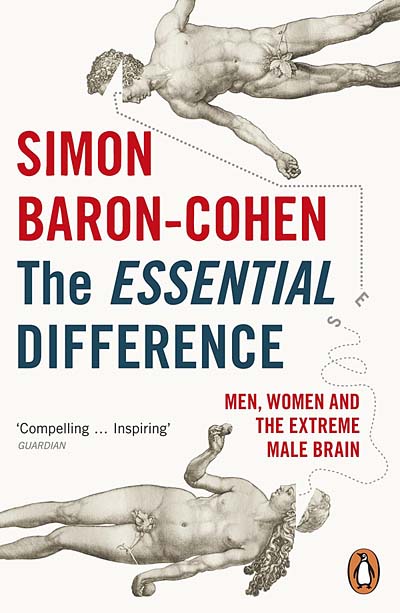
Why are three to four times more males diagnosed with autism than females? Why do males systemise and organise far more than females? Why are women seen to possess more empathy traits and language communication skills than men? While delicately moving away from a male versus female argument, the book discusses more about what both sexes share rather than how they differ. Based on initial studies in autism, Baron-Cohen reveals a new way in thinking about the subtle differences in the way male and female brains function. The book examines how and why humans are hard-wired to analyse and systemise the world around us into conventional patterns, units and groups. These systems can be either very simple or vastly complex. Baron-Cohen also outlines imbalances in human behaviour when systemising quotients (SQ) begin to outweigh empathy quotients (EQ) - which results in what he calls the extreme male brain theory.
Descartes’ Error: Emotion, Reason and the Human Brain
by Antonio Damasio
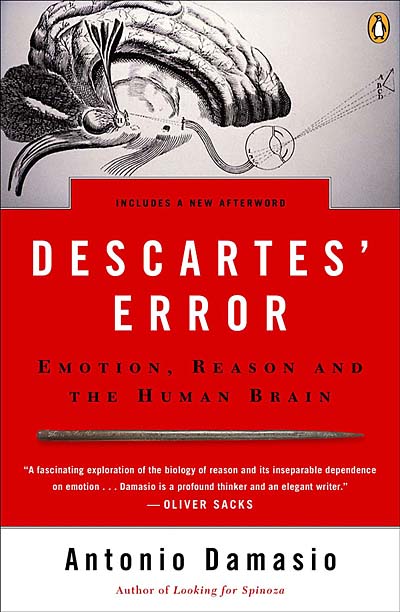
Behavioral neurologist Antonio Damasio paints a fresh picture of how our emotions affect our decision making in ways we are not even aware of. The choices we make are far from unemotional or based on pure reason. From extensive research and case studies, Damasio shows how individuals who suffered impairments in areas of the brain responsible for emotional regulation have made some of the worst life choices (due to a lack of a stabilising effect of emotions). He also explains how secondary somatosensory influences (system in the brain that perceives touch, pressure, pain, temperature, position, movement and vibration from our skin and bones) can affect future choices as we recall the feelings we had from similar past experiences. Damasio also argues that we cannot think about cognitive behaviour in isolation to the physical body - and both must be considered when looking at the whole individual. This book is an amazing and insightful read with many complex findings explained in a very accessible way.
The Upside of Irrationality: The Unexpected Benefits of Defying Logic at Work and at Home
by Dan Ariely
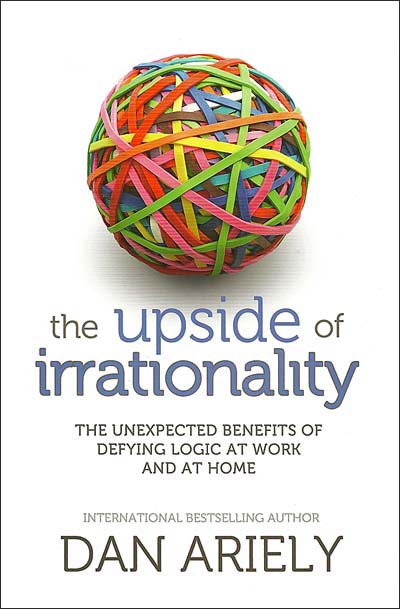
Do we make rational decisions all the time? Are we always employing clear thinking with our choices? Dan Ariely presents a case where our irrationality sometimes runs counter to the optimal choices we can make in life and business. Walking through many research tests he shows how large bonuses don't always encourage CEO's or employees to make the best decisions, or improve outputs. Our irrationality also makes us anchored to things we create (known as an endowment effect) and overvalue them well beyond their actual worth. Ariely's book is a very easy read and explains many irrational behaviours in a wide range of cases - including loss aversion, revenge, adaptation, emotions, values and judgments.
Beyond Human Nature: How Culture and Experience Shape Our Lives
by Jesse Prinz
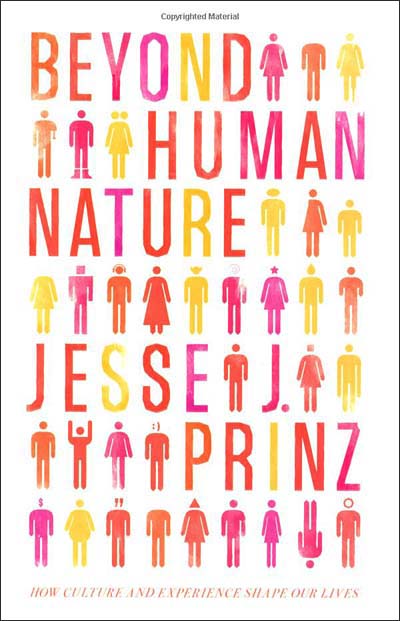
Some believe we are we born with innate knowledge and inherited cultural traits. Prinz makes a number of compelling arguments, backed with empirical research data, that our socio-cultural environment (the nurture aspect in the nature versus nurture argument) has a bigger influence on our development than we may think. While at the same time questioning the viewpoint of deterministic genes in defining who we are. This book is a compelling read that redresses the nature versus nurture debate.
Humble Inquiry: The Gentle Art of Asking Instead of Telling
by Edgar H. Schein
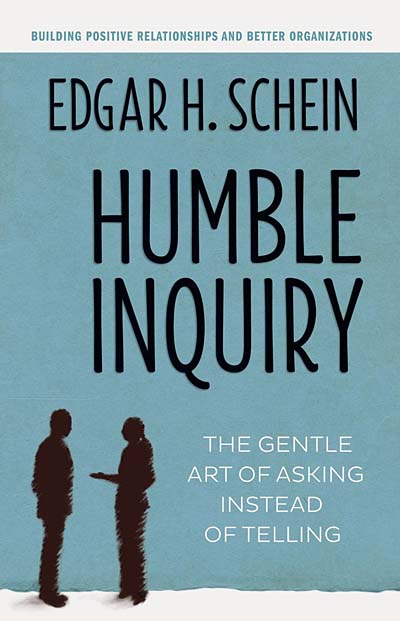
Have you ever encountered an impasse in your personal or work life, and were unable to move forward without further conflict? In this short book Edgar Schein gives us some great life lessons and examples of how we can not only become better listeners, but get better results by re-framing how we ask questions and reach more optimal outcomes. Humble inquiry is the perfect title for a book that teaches us to let go of our pre-conceptions and be open to other peoples views.
Thinking, Fast and Slow
by Daniel Kahneman
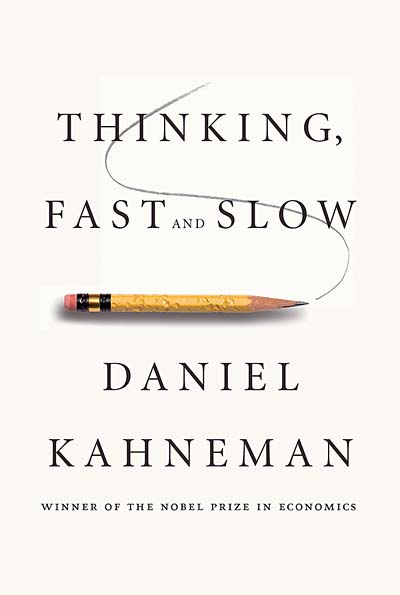
Kahneman has provided us with a body of work based on a lifetime of research in the area of intuitions, biases, and irrational decision making. The book not only explains the causes of some of our worst decisions, but also provides many ways to counter what he calls system 1 intuitive thinking. Why is it when our intuitions fail, the consequences can be disastrous? With a wealth of knowledge Kahneman expertly connects the relationship between behaviours, biases, decision-making, framing, anchoring and many other counter-intuitive findings. For any UX practitioner this book should be on your ‘must read’ list.